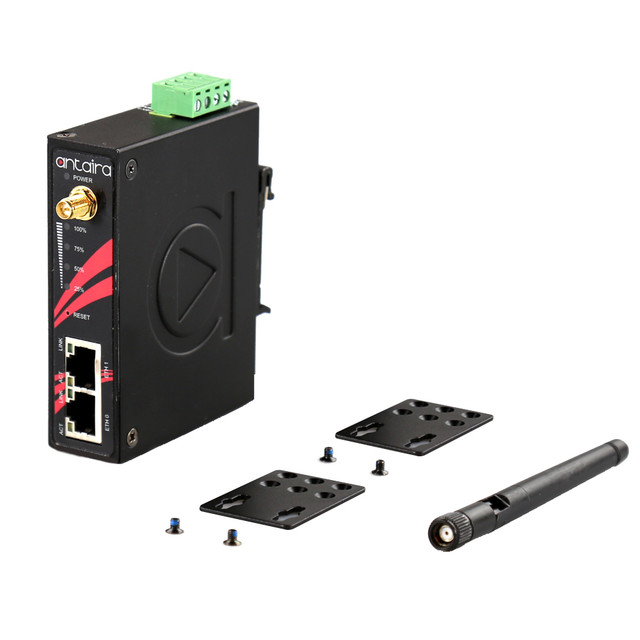Many laboratories want to upgrade their workflows. However, automation for labs is an expensive and challenging alternative. Robotic arms offer dependable solutions but are also large, heavy, cumbersome, and costly (>$25K). It is often prohibitive for a single device, especially when the automation solution is greater than the device. However, while small plate stackers can be cheaper, they are unreliable, particularly when working with lidded plates. This is an important issue with sterile cell-based assays. Furthermore, both these automation solutions require expert knowledge for setup and configuration, which can further complicate setup and add cost.
The solution
A small-footprint plate handler automated by Peak Analysis and Automation (PAA)–the S-LAB(TM)–is an option that allows researchers to cost-effectively and easily automate lab instruments that can accept SLAS/ANSI microplates. The system is built around an uncomplicated plate handler but is as reliable as a robotic arm, even when handling lidded plates. It’s easy to set up and set up. It’s available at a significantly lower price than other automation solutions since it’s specifically designed to handle small-scale integrations using just one instrument.
The plate handler is an automated device designed to be an innovative entry-level automation system that is easy to install and operate. Its compact design ensures it can easily fit into regular lab benches and cabinets. The onboard computer allows for independent operation, allowing the loading of microplates onto various benchtop instruments made by any manufacturer. Control is simple and easy to use, using an intuitive and user-friendly software interface that can be used on a laptop, tablet, or smartphone.
The system for handling plates works with stall detection, which, as of the soon-to-be-released version, comes with integrated cameras. It can smoothly move plates and recognize any obstructions in its path with complete error recovery when it comes to such situations. The camera embedded in the system allows this system “see” the layout configuration, which makes it easier to set up and reduces the possibility of making mistakes.
The camera also fine-tunes places to ensure locations are set accurately. This, combined with the movable “locators” that present microplate stacks, exchange nests, and the instrument in fixed positions, removes the requirement to learn positions by hand or have a certified engineer set up the system.
The integrated control software in the plate handler allows it to interact with SiLA-compatible devices and The Thermo Fisher Scientific Multidrop, eliminating the requirement to have a separate PC making it easier to set up and thereby reducing costs. Additionally, the software is simple to use, with a user-friendly touchscreen user interface hosted on the web that allows scientists to operate the system from the device without instruction. Using the PAA’s Overlord program for scheduling, different devices may be linked to the S-LAB.
Basic stacks of removable microplates do away with the need for intricate mechanisms at the bottom of the stack, which could jam and allow plates to be removed without removing them. Exchange nests enable quick plate exchange (<21s) to increase throughput and the full tracking of plates.
The S-LAB has a huge capacity of 125 unlidded and 100 lidded microplates with 6 “last-in-first-out” microplate stacks. The system uniquely features a rotational gripper that can present plates in a landscape or portrait orientation–enabling the instrument and the plate handler to physically integrate to the smallest footprint possible on lab benches and fume hoods while maintaining easy access to any instrument control panels.
Bottom Line
Because of this stylish and efficient design, the automated plate handler from PAA allows automation to more labs by eliminating barriers to cost and reliability issues, With the added advantage of easily integrating the workflows of existing lab setups.


















